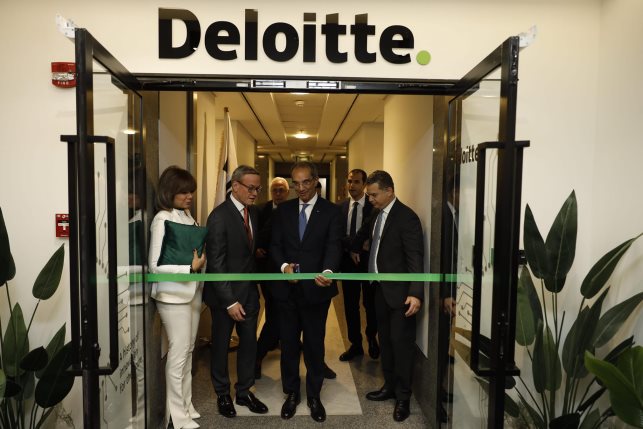Exploring divide bet. online & offline shopping, impact on consumer behavior
While both online and offline shopping offer unique advantages, understanding the motivations behind each preference can shed light on the evolving landscape of consumer behavior.

The rise of e-commerce has transformed the way we shop, creating a distinct divide between those who prefer the online shopping and those who remain loyal to go shopping in malls and markets.
While both online and offline shopping offer unique advantages, understanding the motivations behind each preference can shed light on the evolving landscape of consumer behavior.
The Online Shopper:
What makes people to prefer online shopping is the accessibility. The ability to browse and purchase goods from the comfort of their homes, anytime and anywhere, is a major draw.
Online platforms offer a vast selection of products, often at competitive prices, with the added benefit of detailed product descriptions, customer reviews, and comparison tools.
The online shopping also can provide access to a vast array of products from various sellers.
The online shopper across online markets can compare prices and find deals easily.
The online platforms have AI-powered suggestions based on browsing history. This makes it easier for people to buy what they need based on their previous choices, which facilitates the shopping process.
The Offline Shopper:
While online shopping offers convenience, some consumers still prefer the tradition way of visiting physical stores. The ability to physically examine products, interact with sales staff, and enjoy the sensory experience of shopping are key motivators for offline shoppers.
The experience that shoppers have in physical stores cannot be replicated online. Many customers prefer to visit stores and discover new things. When in a store, walking around and browsing the displayed items allows customers to learn about new products on the market.
Additionally, retail stores enable customers to shop with others. For example, a family can go shopping together for both practical purposes and enjoyment.
Some people prefer physically inspect products and assess quality. They also prefer to interact with knowledgeable sales staff for advice.
The offline shopping allows them to buy what you need and take it home with you immediately, so they do not need to wait a few days for an order to arrive like in online shopping.
Offline shopper finds that this way can secure their money and reduced risk of online scams.
The expansion of e-commerce has created a clear divide between consumers who prefer the convenience of online shopping and those who remain loyal to the in-person retail experience.
online shoppers value the accessibility, selection, and efficiency of e-commerce, while offline shoppers cherish the sensory experience and face-to-face interaction of physical stores, yet neither shopping mode is inherently superior as they simply cater to distinct consumer preferences.





